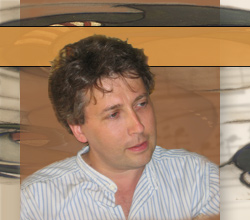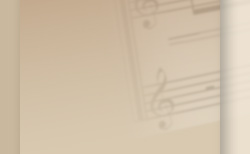Richard Whitehouse, Classical Source
Brown's profile has been rising steadily over the last decade, with his Piano Sonata (1994) and String Trio (1996) indicating a sure formal sense, together with a feel for instrumental timbres and attractive open textures.
Cast in a compact single-movement of 13 minutes, Fantasy makes subtle and evocative use of what the composer describes as 'an essentially eighteenth-century orchestra'; the limpidly-phrased opening idea providing a rondo-like stability for the thematic resourcefulness of the piece as a whole.
When I was asked last year by the English Chamber Orchestra to write the Fantasy for violin and orchestra I was in the process of completing another chamber work, a Sinfonietta for string nonet and single woodwind with horn. Matters of balance and the combination of instrumental timbre were at the forefront of my mind. It struck me at the time as rather a curious thing - to be writing for an essentially eighteenth century orchestra.
The tendency of much twentieth century music to use large-scale orchestral forces was to some extent mitigated latterly by composers such as Stravinsky, who saw a way to maximise expression with a refined and reduced set of orchestral sonorities. However, their choice of instrumentation often remained eclectic, using non-standard instruments. By contrast, the core repertoire of ensembles such as the English Chamber Orchestra has always been the works of the classical masters such as Haydn, Mozart, Beethoven and Schubert who brought the chamber orchestra to a perfection of balance and expressive nicety.
It can seem difficult for a composer these days to conceive of a 'fantasy' without the use of the many wonderful colouristic developments of the twentieth century - or at very least, the use of clarinets and harp. However, when I considered the range and emotional diversity achieved by Mozart, largely by the power of invention and subtlety of harmony, I realised that for me, a central concern was what happens to music through time and not so much isolated colouristic events. In effect the orchestra of the eighteenth century is still a wonderfully sufficient expressive force.
The piece has an extended orchestral exposition, which is richly textured and encapsulates the structure of the whole, with its darker chromatic music in direct contrast to the more open and diatonic.
Click a score sample below to view a larger version of the score...
The opening pages
World Premiere: Fantasy for Violin and Orchestra
Saturday 20th January 2001
English Chamber Orchestra | Conducted by Jonathan Tillbrook | Barbican Hall, London
Works: Fantasy for Violin and Orchestra









































